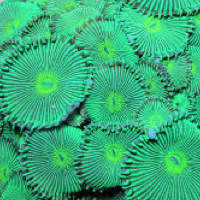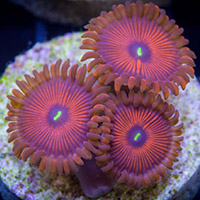I've seen this posted constantly but no one ever posts any proof. Sorry but I am not a 60 year old who believes everything they read on the internet is true.
Can someone post some credible studies which showed that color zoanthids have no palytoxin?
I am not saying I AGREE or DISAGREE with this statement. I simply want to see a credible source. Thanks!
Can someone post some credible studies which showed that color zoanthids have no palytoxin?
I am not saying I AGREE or DISAGREE with this statement. I simply want to see a credible source. Thanks!





















